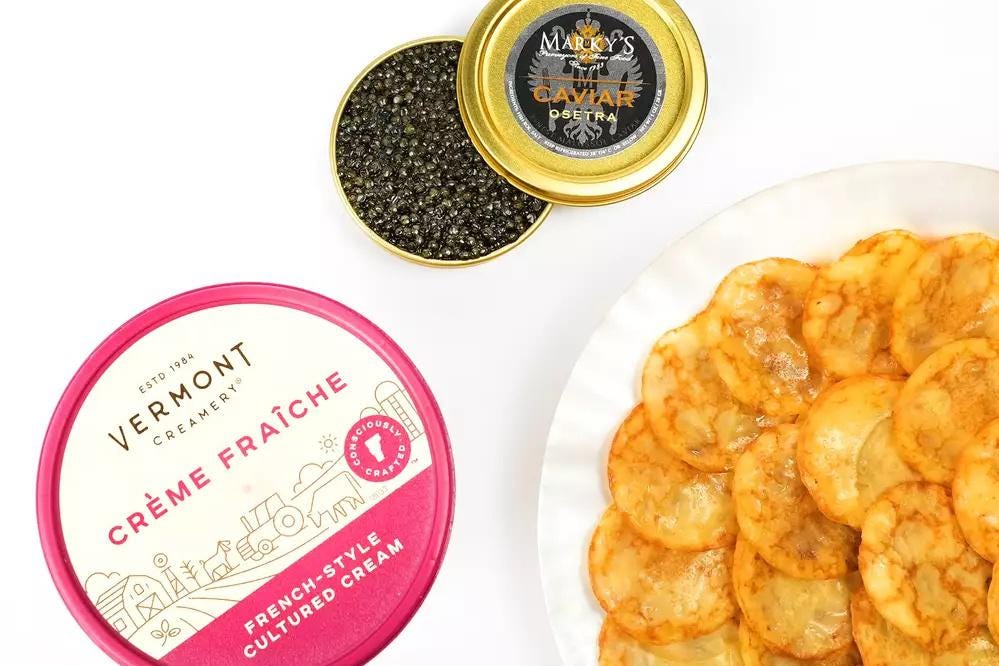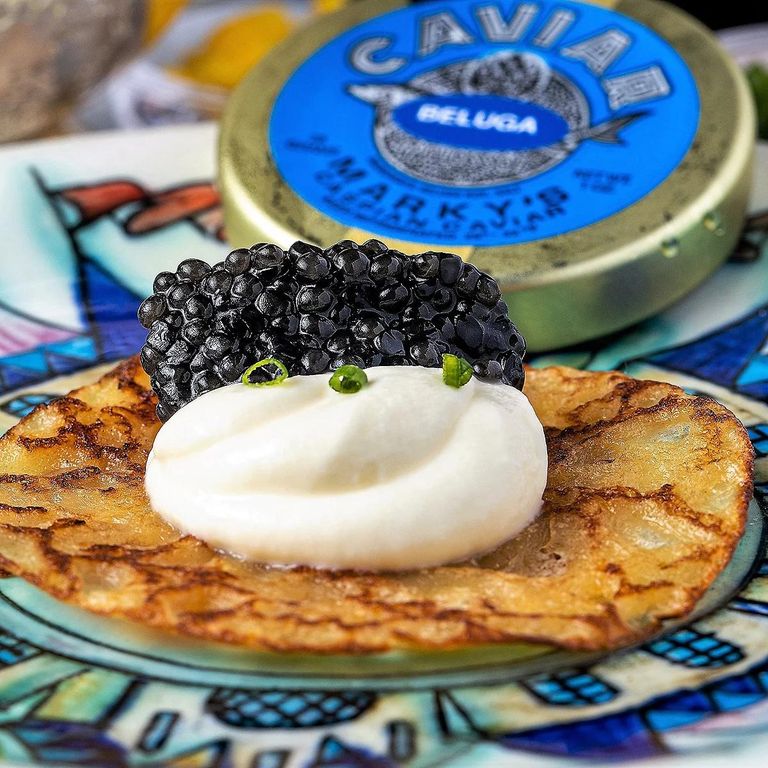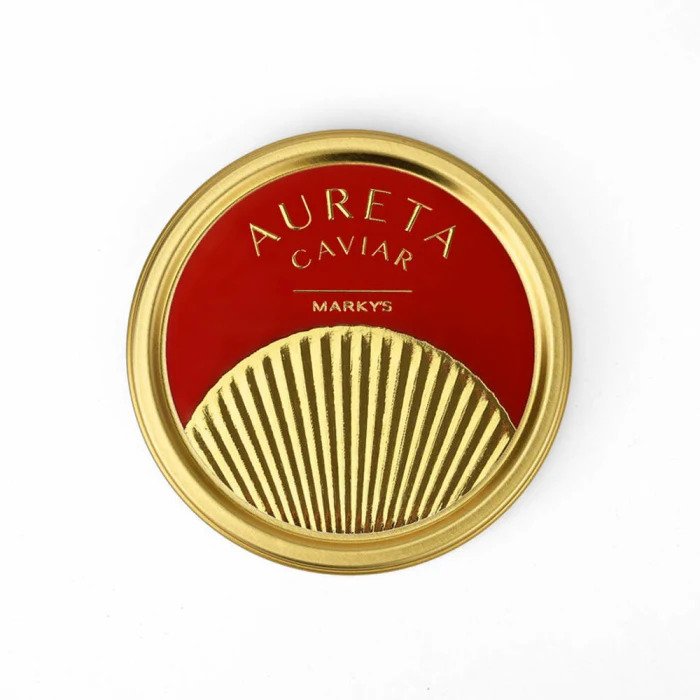Caviar importer, Russian supplier agree to save sturgeon in rare deal
March 11, 2003
By JOHN FERNANDEZ
Managing Editor

Miami-based Markys Caviar is the first U.S. importer to enter into an agreement with a Russian caviar producer to surgically remove the sturgeons eggs to save one of the worlds most precious prehistoric fish from becoming extinct.
The agreement, which entails saving the adult female sturgeon by removing the eggs at special Russian facilities, is the first of its type by a U.S. importer of caviar, a state official said.
This agreement will help to save one of the worlds most precious prehistoric fish from becoming extinct, said Mark Berrigan, the bureau chief of the Bureau of Aquaculture Development, a division of Floridas Agriculture Department.
Berrigan has been working with Markys Caviar to help the importer develop a sturgeon farm to produce caviar in the state.
The break up of the Soviet Union helped hasten the demise of sturgeon, Berrigan said. Economic turmoil and a lack of strong government oversight forced the closings of a vast network of hatcheries that had been successfully cultivating caviar without killing the sturgeon during the 1990s, Berrigan said.
That shows up in the annual statistics released last month.
The South Florida Customs District is now the No. 3 importer of caviar in the nation, slipping from No. 2 last year. A huge drop in caviar from Russia from $1.9 million to $126,000 is to blame.
Overall, $930,000 in caviar was imported in 2002 through South Florida, a popular destination because of the cruise industry
here. New York imported $5.6 million of the delicacy last year, followed by Los Angeles at $1.2 million.
The United States consumes about 80 percent of all the caviar exported by the nations along the Caspian Sea, an inland salt lake between Europe and Asia, bordering Azerbaijan, Russia, Kazakstan, and Iran. Those nations, led by Iran, last year exported
about 172 tons of caviar, which can sell for as much as $90 per ounce.
Iran is now the No. 1 exporter of caviar to Miami.
The fish that produces caviar has been in danger of extinction, a fact that has come to light among environmental groups in the past two to three years.
It is estimated that by the late 1990s, the number of beluga sturgeons producing the most expensive and most sought-after caviar that spawn in the Caspian dropped to about 1,800, compared with 26,000 in the mid-1960s.
The agreement between the Miami importer and the Russian producer, Raskat, calls for all beluga caviar to be produced without killing the fish. The goal in 2004 is that 90 percent of osetra caviar will be saved, and by 2005, 90 percent of sevruga caviar.
The adult sturgeon that produce caviar will be tagged and released into the wild, where their post-surgical adaptation and migration patterns will be studied.
Our customers will have proof that our product has been obtained in a legal and ecologically sound manner, and will know that they are supporting the sturgeon conservation efforts in the Caspian region, Mark Gelman, vice president and co-founder of Markys Caviar.







